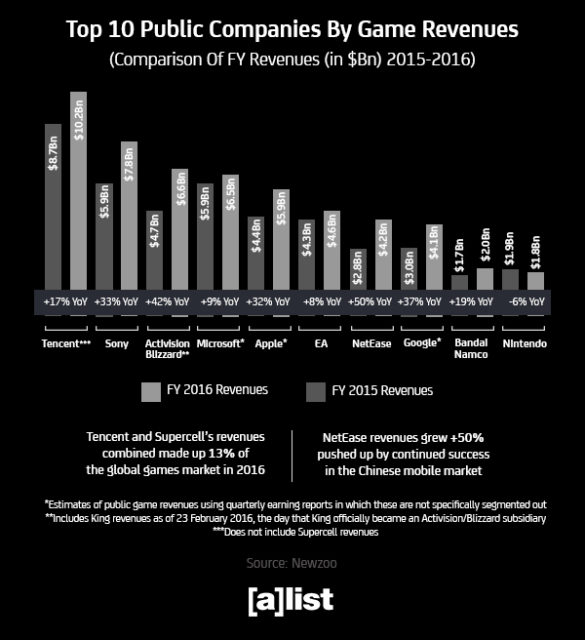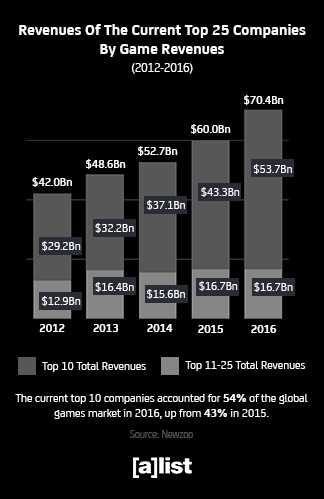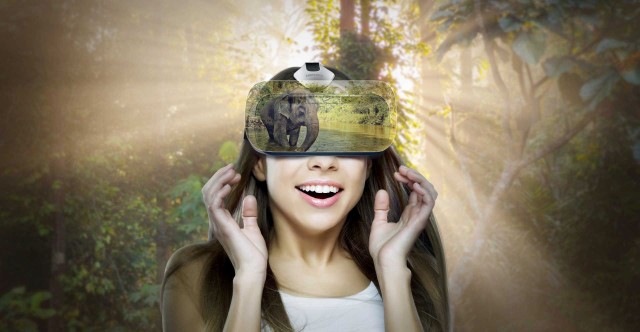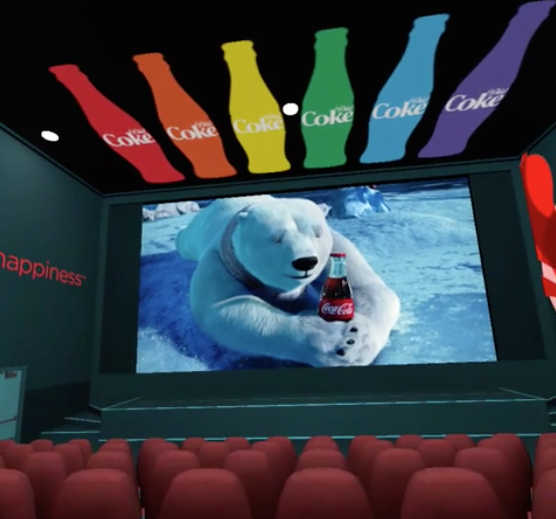Car manufacturers are increasingly shifting marketing messages to align the mission of their companies with the interests of millennials. Sporting a model with the premium bells and whistles is always nice, but consumers are also looking at how a brand can help shape the future of society in addition to making the purchase experience as seamless as possible.
Hyundai is getting in the business of sparking consumer imaginations by showcasing its vision for mobility with a future free from pollution and hazards—made possible by advanced, connected car transportation.
This year they took center stage at CES by demonstrating future tech in autonomous vehicles, connected car technology and robotic exoskeletons as well as advanced technology products spanning from connected home, healthcare and self-driving vehicles.
“We’re looking at the bigger picture beyond just cars, and how the automotive space is changing—very quickly,” Miles Johnson, senior manager of quality, service and technology at Hyundai, told [a]listdaily. “We want to be green. We have to be in the autonomous space. Then, we have to look at that first and last mile. We sell five million cars globally, but we want people to understand that we’re a much broader company. At the heart of Hyundai, we love to manufacture things. We have the capability to manufacture exoskeletons, wearable robots, scooters, and the capability to work with partners like Cisco Systems to build an entire connected car network. What we’re trying to accomplish is letting everyone know that we’re looking at mobility in a big picture. We have the expertise in house to do those types of projects.”
Johnson said the connected car and connected home is a huge part of Hyundai’s company strategy as it is an emerging sector. Earlier this year, Hyundai partnered with Google Assistant for vehicle voice commands that allows their car owners to shout orders to their AI helper like starting their car, transferring an address to their vehicle or locking the doors.
Hyundai also introduced an exoskeleton, which is a wearable robot that helps paraplegics walk. “Imagine you’ve had an accident of some sort, and you can’t use your legs as you’ve been in a wheelchair for 10 years. Hyundai has developed a robot that attaches to your body and allows these people to walk again,” Johnson said. “We also introduced some really far out concepts, like linking your house to your car and making a one-space living room where you hit a button and the car detaches and drives away autonomously, kind of like Minority Report.”
Hyundai’s Ioniq subscription service platform is also a vision of the company’s efforts in mobility—and connecting with digital natives. The stress-free ownership concept is designed to market Hyundai’s Ioniq line of zero-emission, eco-focused vehicles by offering a negotiation-free, single-payment method.
“We want to introduce electric cars to a larger mass and population,” Johnson said. “If we can simplify that process in any way and bundle everything into one price—kind of like your cable bill with internet and phone—it becomes a simple process. And when it comes time for that car to be traded in, you just continue on and get a new car. The idea is to [first] roll out a subscription-based model in California to make it easy for younger people who are used to paying for all services with one bill.”
Johnson said Hyundai, who recorded its seventh consecutive year of record US sales of 775,005 units, an increase of 1.75 percent, needs to market to millennials by having them believe in the brand.
“They have to trust what we’re selling. Trust the brand and be excited about the products. You have to speak to them on their terms, using social media, and things like that. You have to get their trust, and get them engaged,” Johnson said. “Doing things like a wearable robot that’s beyond the scope of a typical automotive company is a perfect example of something that speaks to them, or giving them a different way to buy a car over the internet is another way to reach them. It’s about gaining their trust, but showing them that the company is really out there with a purpose to do other things besides just sell cars.”
Hyundai further honed their message of not being just a car company during the Super Bowl by surprising US troops overseas by virtually reuniting them with their families. “Operation Better” then turned into a documentary-like ad that was filmed and edited during the game and aired as the first spot after the game finished.
For the rest of the year, however, Johnson said their main marketing messaging will revolve around the Ioniq electric, hybrid and plug-in vehicles, as well as the e-commerce platform that will allow consumers to buy it online in a digital showroom.
“That’s our big push—to launch the Ioniq brand into the marketplace to show that we have one platform for one vehicle with three different models, all electric, green, yet versatile and outstanding compact cars,” Johnson said. “In an environment right now where gas prices are so cheap, it’s going to be a challenge, but we have the capabilities to meet that with a unique car.”

 Reddy continued by explaining how PostIntelligence works, saying “for a normal consumer, it helps make Twitter better by helping them to tweet better. One of the things that we realized is that tweeting is difficult for normal individuals. It takes a lot of time and energy to be up-to-date, understand what to tweet about, and then come up with something. This is a supplementary app that sits alongside Facebook or Twitter and helps you figure out what to say and how to engage people. It helps you discover yourself in some ways. It’s not supposed replace your original voice; it makes it better.”
Reddy continued by explaining how PostIntelligence works, saying “for a normal consumer, it helps make Twitter better by helping them to tweet better. One of the things that we realized is that tweeting is difficult for normal individuals. It takes a lot of time and energy to be up-to-date, understand what to tweet about, and then come up with something. This is a supplementary app that sits alongside Facebook or Twitter and helps you figure out what to say and how to engage people. It helps you discover yourself in some ways. It’s not supposed replace your original voice; it makes it better.”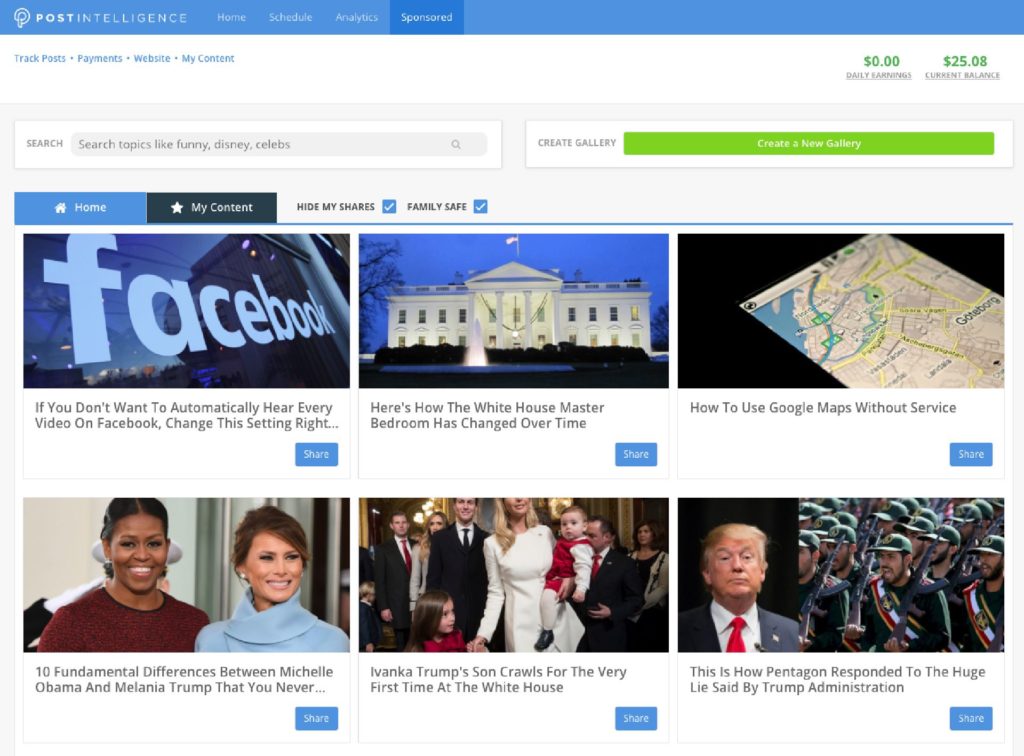 “We mostly hooked up social media celebrities—people with 10,000 or more followers—with brands and sponsorships. What we learned over time was that these sponsorship opportunities tend to be from brands like Uber or Airbnb. But when people posted sponsored stuff on Twitter or Facebook, most people reacted negatively. So, what we realized was that instead of having them talk about a brand, it’s better to give them relevant content recommendations, which is something their audiences would enjoy.”
“We mostly hooked up social media celebrities—people with 10,000 or more followers—with brands and sponsorships. What we learned over time was that these sponsorship opportunities tend to be from brands like Uber or Airbnb. But when people posted sponsored stuff on Twitter or Facebook, most people reacted negatively. So, what we realized was that instead of having them talk about a brand, it’s better to give them relevant content recommendations, which is something their audiences would enjoy.”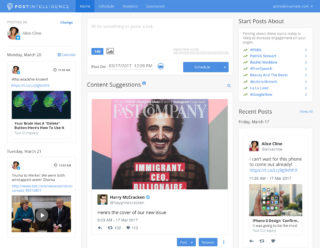 Perhaps the biggest challenge for a social media AI assistant is discerning genuine interest from sarcasm, irony and humor.
Perhaps the biggest challenge for a social media AI assistant is discerning genuine interest from sarcasm, irony and humor.